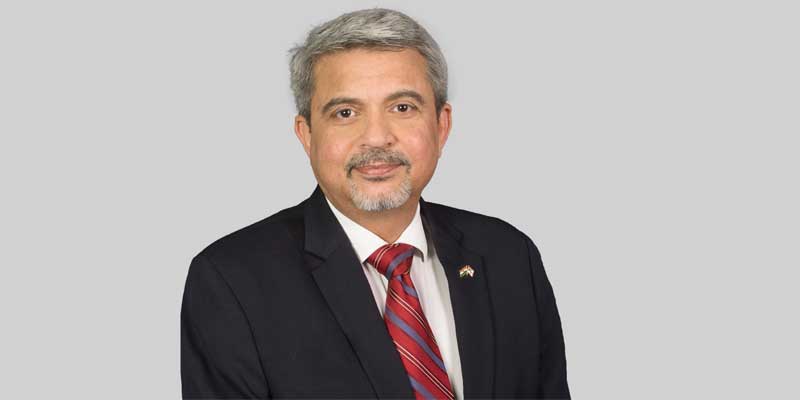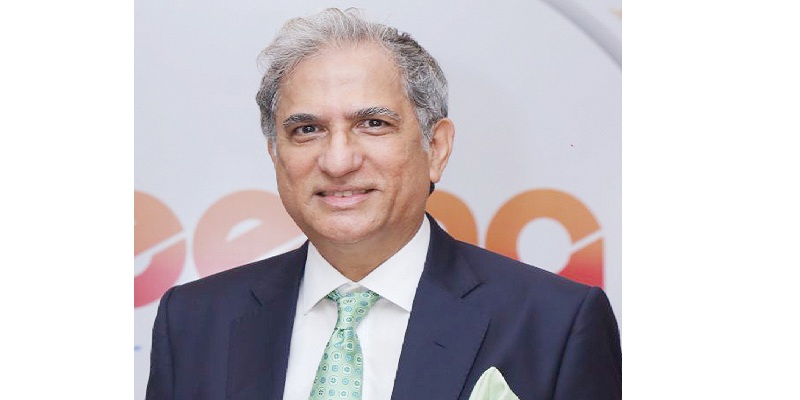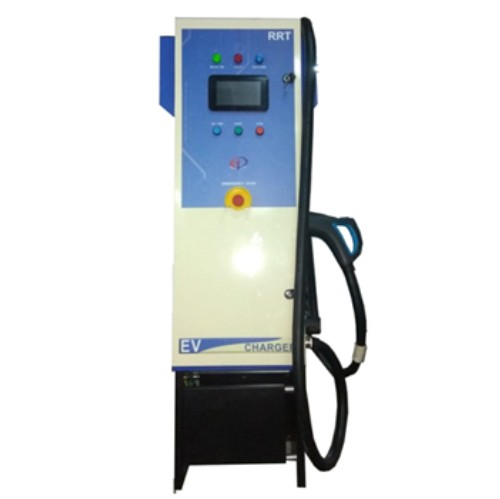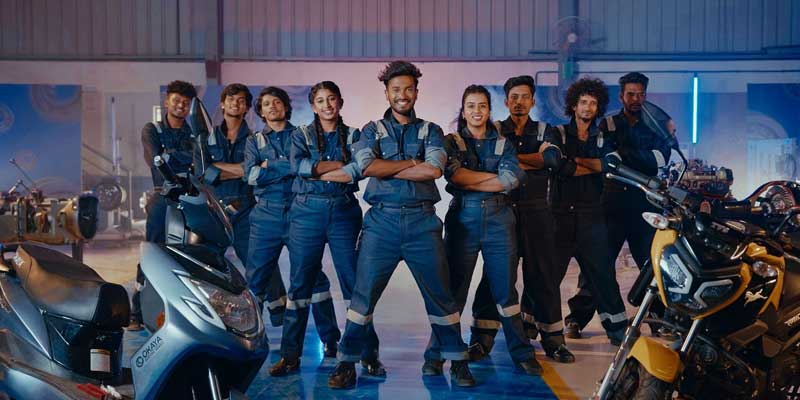Schedule a Call Back
“There is no dearth of opportunity in aerospace sectorâ€Â
 Technical Articles
Technical Articles- Jun 01,19

Related Stories

Decoding the attempt of a liquidity boost to MSEs
Recently, certain amendments were introduced through the Finance Act 2023 (FA 2023) to enhance financial liquidity for Micro and Small Enterprises (MSE) by indirectly compelling their customers to p..
Read more
Government is making concerted efforts to grow defence exports
In this interview with Rakesh Rao, Cdr Gautam Nanda, Associate Partner - Aerospace & Defence, KPMG India, gives a brief of overview of the Indian Defence & Aerospace (D&A) industry and also highligh..
Read more
Supply Chain, Testing Hurdles hinder India's electrical growth: IEEMA President
Arsiwala also emphasized the need for clearer state-level energy policies, particularly in emerging sectors like e-mobility, renewables, and green hydrogen
Read moreRelated Products
Tata Motors unveils facilities for development of Hydrogen propulsion tech
Tata Motors, India?s largest automobile company, unveiled two state-of-the-art & new-age R&D facilities for meeting its mission of offering sustainable mobility solutions. The unveilings constitute of Read more
Tata Motors plans petrol powertrain for Harrier and Safari SUVs
Tata Motors is in the process of developing a new petrol powertrain for its premium sports utility vehicles, the Harrier and Safari, as confirmed by a senior company official. Currently, these models Read more

Electric Vehicle Charger
RRT Electro is engaged in manufacturing of customized Power Electronic Products over two decades having capability to Design, Develop, Prototyping, Regulatory Compliance testing & Certification, Manuf Read more














